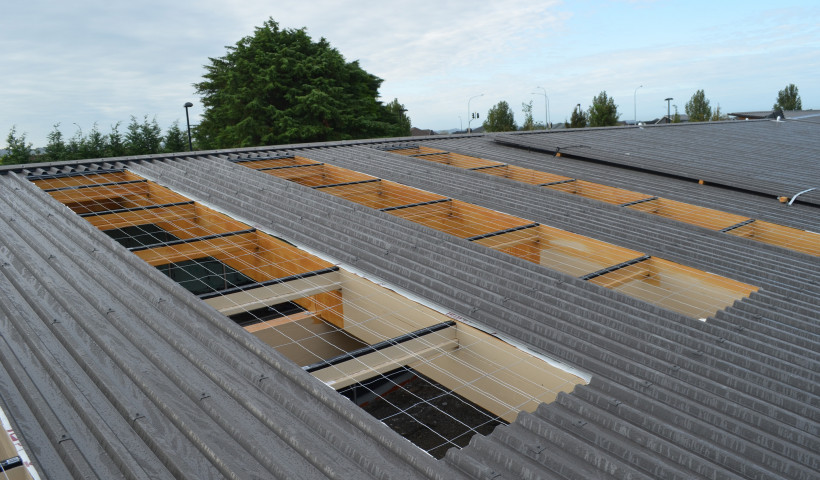
A leading supplier of ventilation products in New Zealand, Vent has developed a series of passive ventilation systems specifically suited for different cold and warm roof designs. With the high risk of moisture accumulation in skillion roofs, Vent's passive ventilation system for mono pitched skillion roofs can be key to ensuring a dry and healthy roof space.
"Skillion roof designs are notorious for trapping internal moisture within the roof cavity," explains Vent's Commercial Manager, James Johnston. The narrow cavity of an unventilated skillion roof can restrict the circulation of air, leading to condensation which can ultimately cause structural decay, damp and mould. "The higher risk of moisture in skillion roofs is acknowledged by both the Metal Roofing Manufacturers Association of New Zealand and BRANZ who highly recommend ventilating skillion roofs," says Johnston.
For mono pitched skillion roofs of any degree pitch, Vent recommends a passive ventilation system comprising a combination of two or three products:
-
Firstly, the Vent Over Fascia Vent is fitted to the top of the fascia to allow calculated airflow of 25,000mm² per linear metre into the roof cavity.
-
Secondly, Vent Ventilated Battens are applied to each purlin to ensure unimpeded airflow through the centre of the roof cavity.
-
Lastly, to create negative pressure and to allow warm moist air to escape, either a Vent Ventilated Batten can be fixed between the fascia and the barge flashing, and/or a Vent Apron Vent can be fitted between the roof cladding and the barge flashing.
Ventilating the roof cavity with this product combination will ensure that internal moisture is removed from the roof cavity, safeguarding the roof from damp, mould and structural decay.
"Anyone can simply create gaps in a roof and hope it doesn't whistle," says Vent's Technical Manager, Tim Dorrington. "Our recommended systems are supported by established building science; the products selected are specifically designed to draw the warm air out of the roof by creating negative pressure."
Based on international best practice, Vent's passive ventilation systems have been proven to reduce internal moisture in roof cavities. To see how Vent's passive ventilation systems work for other roof pitches, take a look at their previous articles or view their product catalogue.













 Case Studies
Case Studies








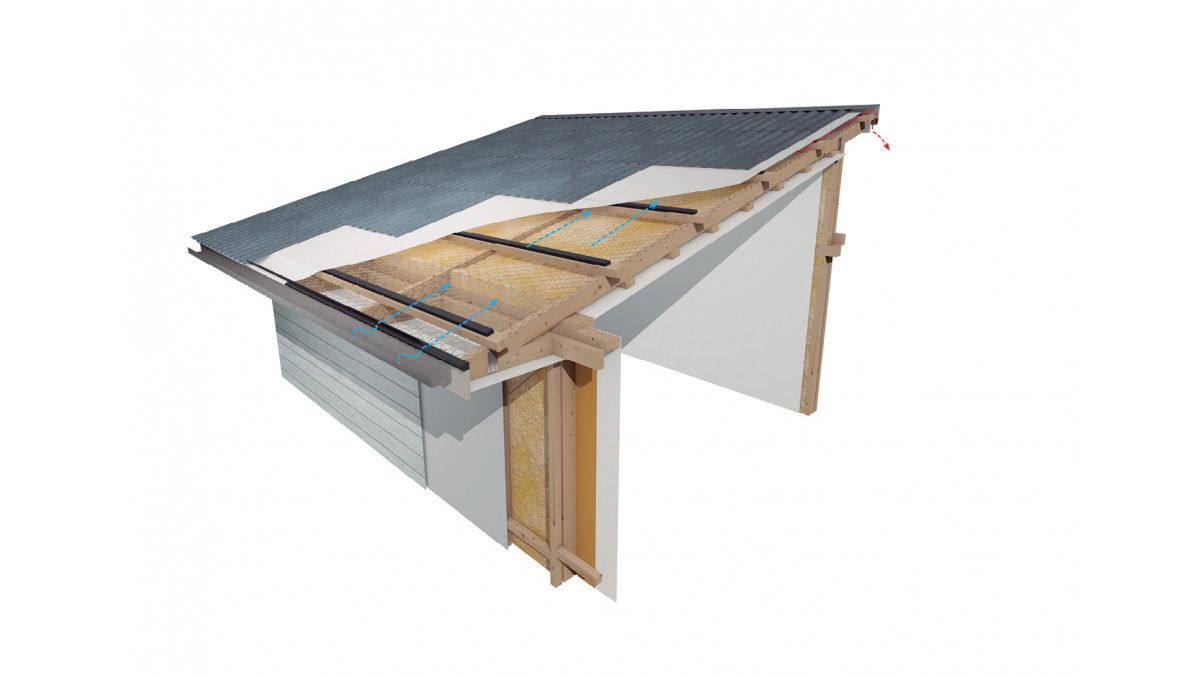


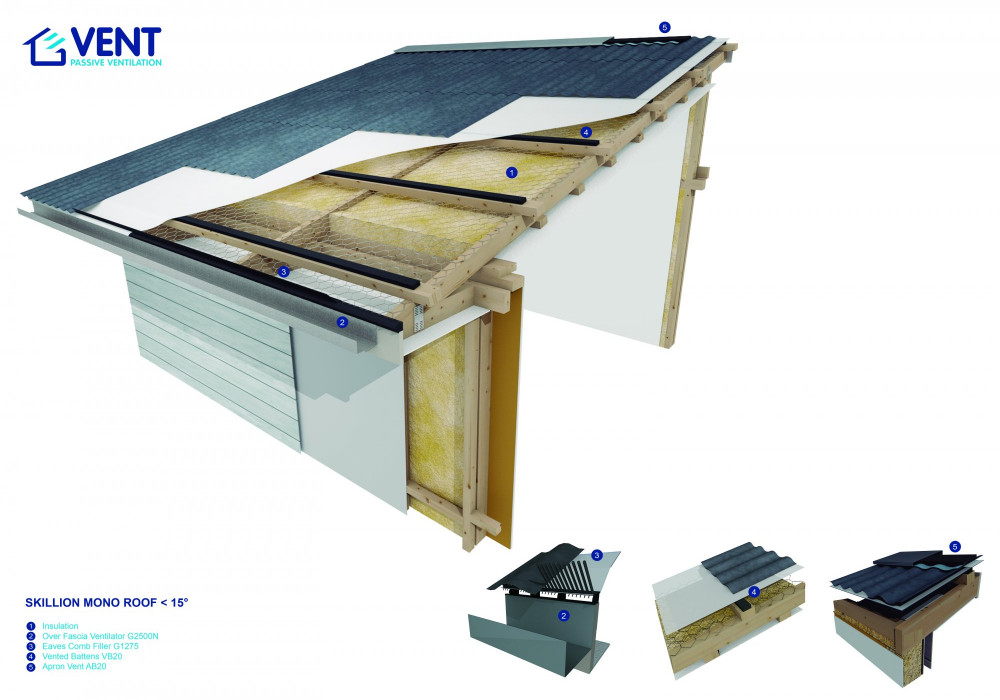

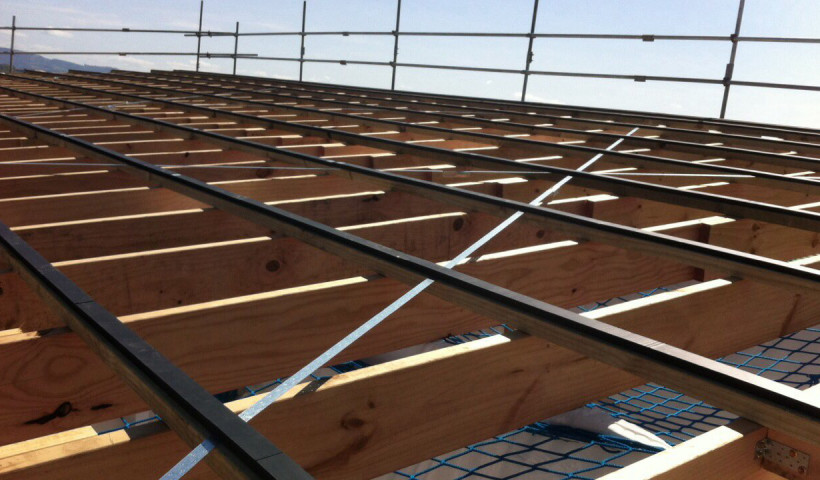
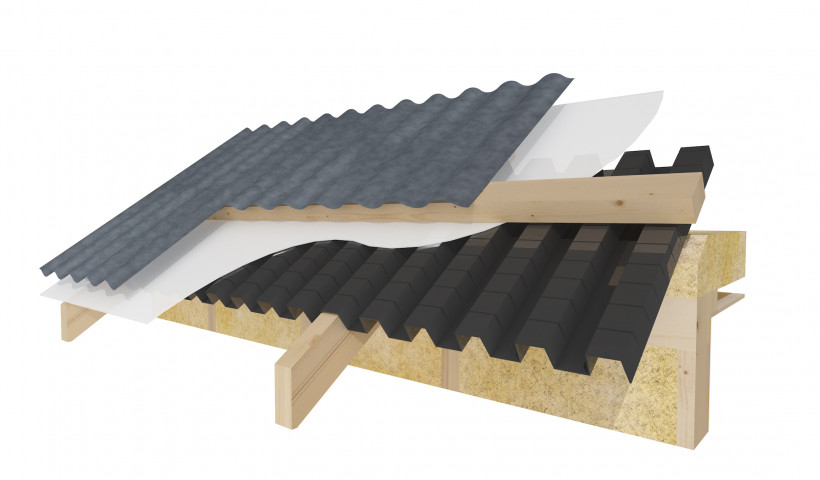
 Popular Products from VENT
Popular Products from VENT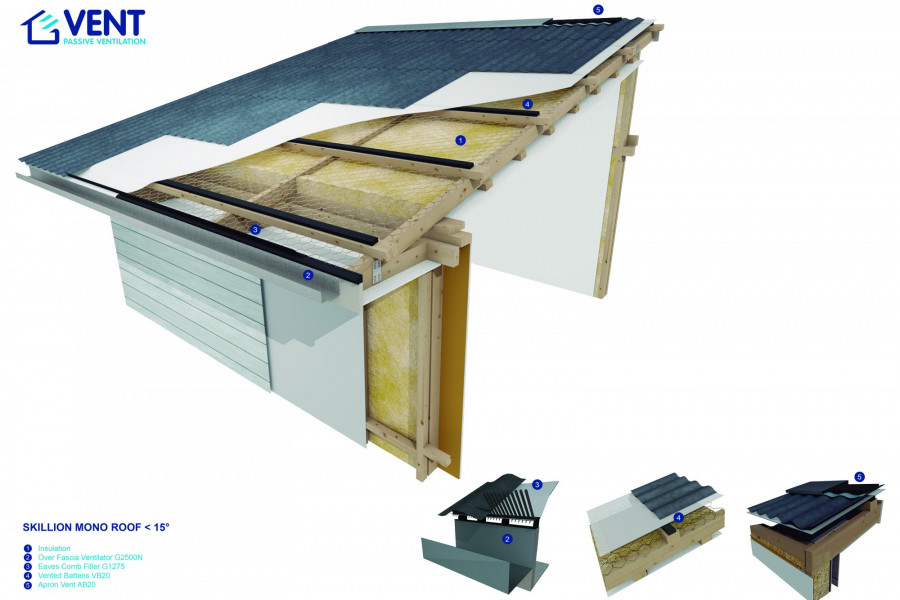


 Most Popular
Most Popular


 Popular Blog Posts
Popular Blog Posts